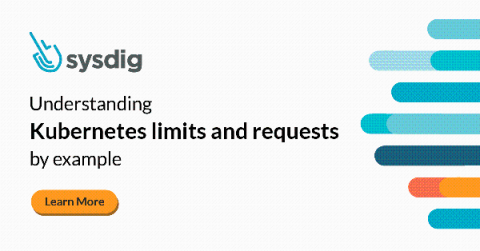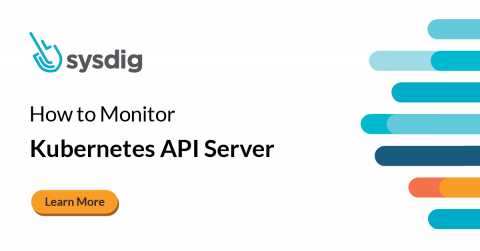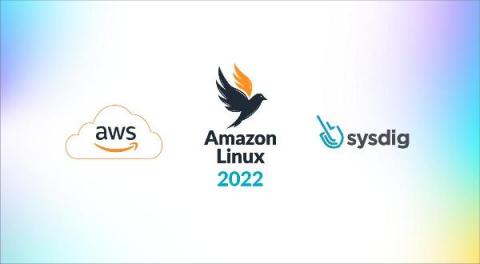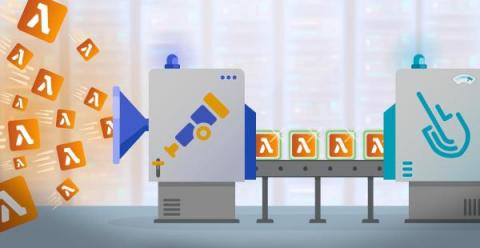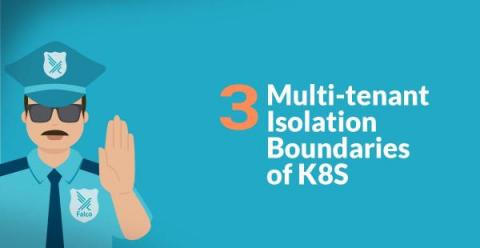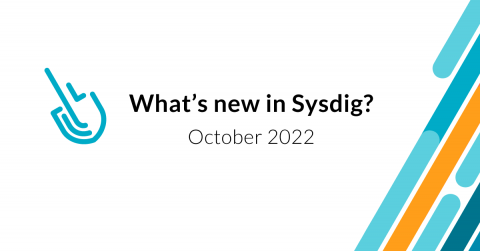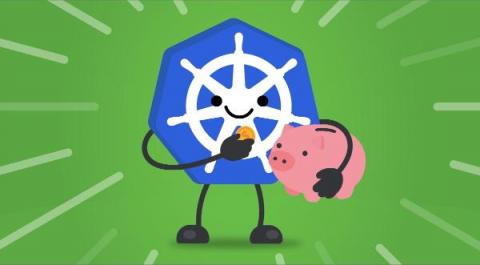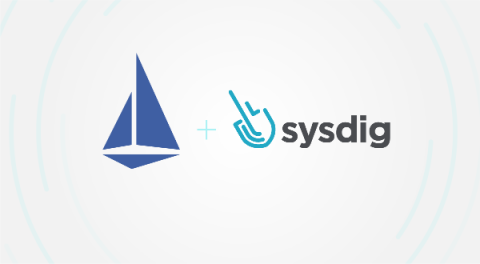Understanding Kubernetes Limits and Requests
When working with containers in Kubernetes, it’s important to know what are the resources involved and how they are needed. Some processes will require more CPU or memory than others. Some are critical and should never be starved. Kubernetes defines Limits as the maximum amount of a resource to be used by a container. Requests, on the other hand, are the minimum guaranteed amount of a resource that is reserved for a container.


